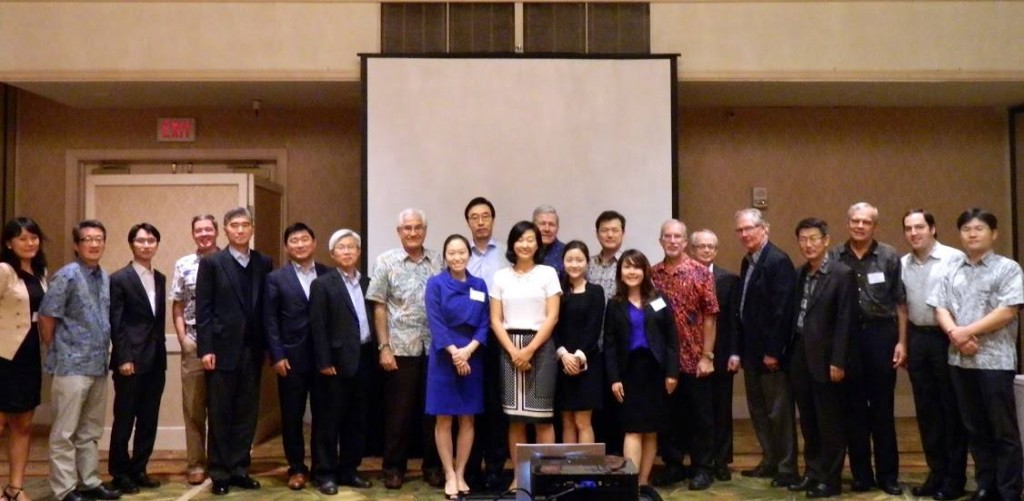About a month ago, I attended my second and last conference as Korea Foundation Fellow for the Pacific Forum-Center for Strategic and International Studies. My first conference participation was in Maui, Hawaii in June, and my second one was in Honolulu, Hawaii. Because the first conference involved participants from the U.S., South Korea, and Japan, a bulk of the presentations, conversations and discussions were split into different directions – or that’s how I felt. But this time, because it was a condensed, one-day long discussion regarding ROK-U.S. relations, the intensity and focus on a single bilateral relationship (albeit the multiple factors from neighboring China and Japan) were visible in the discussions.
Though it clearly was not easy, I learned a great deal while co-drafting the conference report with my fellow YL colleague, Aaron Miller. We took the verbatim record of the one-day discussions and formulated summary reports of important findings from the conference. Having been writing academic journal oriented papers thus far, drafting such reports was certainly not the easiest task for me – especially at a time when the dissertation submission is the primary goal. But my efforts really paid off and I learned so much from the experience.

With U.S. and Korean participants at the ROK-US Security Dialogue Seminar, Honolulu, HI (November 7, 2014)
When I first started studying political science in college, the security dynamics and economic situation surrounding the Korean peninsula were very different from what we see now. First off, the leaderships in the region were different. Sunshine policy by the South Koreans, the Kim Jong-il regime in the North that never seemed to come to an end (it did by his death in 2012), and the transitional leaderships in China (from Jiang Zemin to Hu Jintao) and Japan (Koizumi and a bunch of subsequent prime ministers from the LDP). Regionally, studies were convened regarding the potential of a three-country (CJK) free trade agreement or an investment treaty but most students and professors who studied regional cooperation in Korea were dubious of the possibilities (all of which have now advanced to negotiation if not implementation, largely owing to China’s rise). In all honesty, I thought there was no future in the relationship between the two Koreas, and all the more no future in studying North Korea because no change was deemed possible. The events that unfolded tell us that predicting in political science is very difficult. Who would have ever thought the third generation leader would kill his uncle?
 About a little more than a decade since then, we have a completely different security environment. Kim Jong-un’s North Korea seems a lot more frail and unstable than the previous regimes of his father, and quite much out of control if compared to his grandfather’s regime. In other words, we may see some changes by turning tables and establishing new initiatives with regional powers toward unification, or North-South cooperation, if any.
About a little more than a decade since then, we have a completely different security environment. Kim Jong-un’s North Korea seems a lot more frail and unstable than the previous regimes of his father, and quite much out of control if compared to his grandfather’s regime. In other words, we may see some changes by turning tables and establishing new initiatives with regional powers toward unification, or North-South cooperation, if any.
However, some of the hurdles that we face now is a poverty-stricken North Korea from which hundreds attempt escape to China or other adjacent Southeast Asian countries to come to South Korea or to head to a third country. We now have about 30,000 defectors from North Korea in South Korea. South Korea needs to seriously contemplate the manner in which they will embrace the people from North Korea, and to build a general yet solid domestic consensus on unification. Of course, this will be extremely difficult. There will be divided opinions. But without serious contemplation both at the ministerial policymaking level and at the general public discussions level, South Korea may end up so unprepared for the repercussions.
The government and the people of South Korea must contemplate on scenarios that may disrupt any political or economic situation in the peninsula. While it is still questionable when that day will be, getting prepared for different scenarios is the only way that South Korea can deal with the situation.
